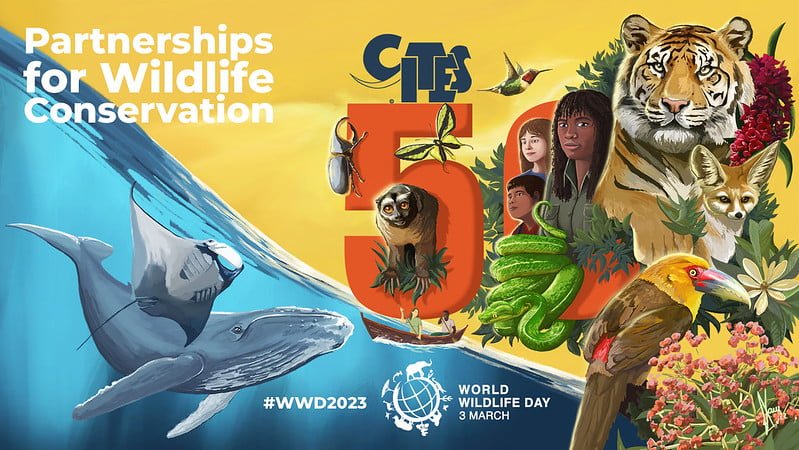
Antananarivo, March 3, 2023 – The Madagascar Coalition for Protected Areas has raised attention to the success of wildlife conservation efforts and their relevance for a sustainable economy in Madagascar.
Madagascar protects its unique wildlife mainly through its national system of protected areas. Currently, there are 123 Protected Areas across the nation, in places that represent the country’s biological diversity, natural heritage, and the homes of extraordinary wildlife.
For years, thousands of Malagasy experts from the government, NGOs and communities have worked to create and manage these unique places. Unfortunately, as Madagascar’s economic status continues a downward trend, these experts and local communities increasingly challenged in their efforts. Their successes are not well known, and instead, negative news about forest fires and species extinction affects investment in solutions.
This has provided strong arguments to build the Madagascar coalition for protected areas, as there is ample evidence that protected areas -as agents of change- can drive 21st century change towards sustainable economic growth.
In 2006, there was little hope for Lake Mandrozo (Melaky Region) due to overfishing and degradation of the surrounding vegetation. Fortunately, the local population participated in implementing of fishing regulations and in patrolling and control activities. Today, the Ankoay has returned, along with other endemic waterbird species of Madagascar. Thanks to the community!
Before 2010, people in certain localities around the Beanka protected area (Melaky Region, western Madagascar) used to consume lemur meat as a tradition. Thanks to increased awareness and the establishment of poultry farming, the populations of Eulemur rufus and Propithecus deckini have multiplied to reach 5400 (± 1300) and 11400 (± 2500) respectively in 2022.
There are more stories to discover by following the hashtags: #CoalitionForProtectedAreas #Madagascar.
“Madagascar has nearly everything it needs to implement its number one strategy to protect its wildlife. All that is needed now is to secure the adequate financial resources and political will to enable the success to be scaled up across the country’s 123 protected area system. This is the shared goal of the new Madagascar Coalition for protected areas.
Starting with International Wildlife Day, several members of the Coalition will profile success stories to motivate investment in Madagascar’s protected areas as agents of change, not only for wildlife protection, but also for poverty alleviation of local communities and sustainable development of local and regional economies,” said Rinah Razafindrabe, Director General of Environmental Governance at the Ministry of Environment and Sustainable Development.

About Madagascar Coalition for protected areas
The Coalition is an advocacy platform for collaboration, implementing solutions for Madagascar’s needs through Protected Area management – the agents of change.
Starting in 2023, different organizations will progressively align their communication efforts behind a new narrative to significantly enhance support from donors and other audiences. Heads of institutions and communications managers from coalition members are working together to increase financial and political support for the 123 protected areas in Madagascar’s system of protected areas.
About Madagascar’s biodiversity and wildlife
Madagascar, the fourth largest island in the world, has a very high diversity of wildlife and is home to many different types of ecosystems and landscapes. Madagascar’s biodiversity represents 5% of the world’s biodiversity.

About Madagascar’s strategy to protect biodiversity
Recognising the importance of safeguarding biodiverse areas, the Madagascar government has created a protected areas system that is made up of 123 protected areas covering 6,233,317 ha of terrestrial and 1,379,029 ha of marine ecosystems. This protected area system is the country’s greatest natural capital asset. It has been described as a ‘priceless national treasure’ and of ‘immeasurable national and global value’ as both a national and global good.
Unfortunately, effective management of the protected area system is challenged. Within Madagascar, several regions face challenges in sustainable development, and secure areas are seen as barriers to growth.
Despite significant funding, meeting the financing needs of the current 123 protected area systems remains a major challenge. The COVID-19 pandemic aggravated this situation with the loss of income from tourism, increased pressures due to slower economic growth, and increased migration of people from the the southern parts of the country.
The contribution of these places to safeguard the homes of wildlife AND people, offset climate change impacts, and support sustainable economic regional growth is at risk.





